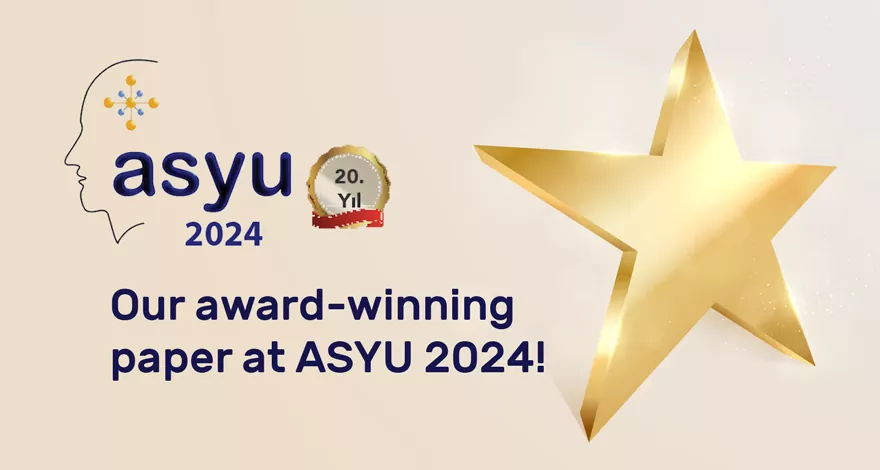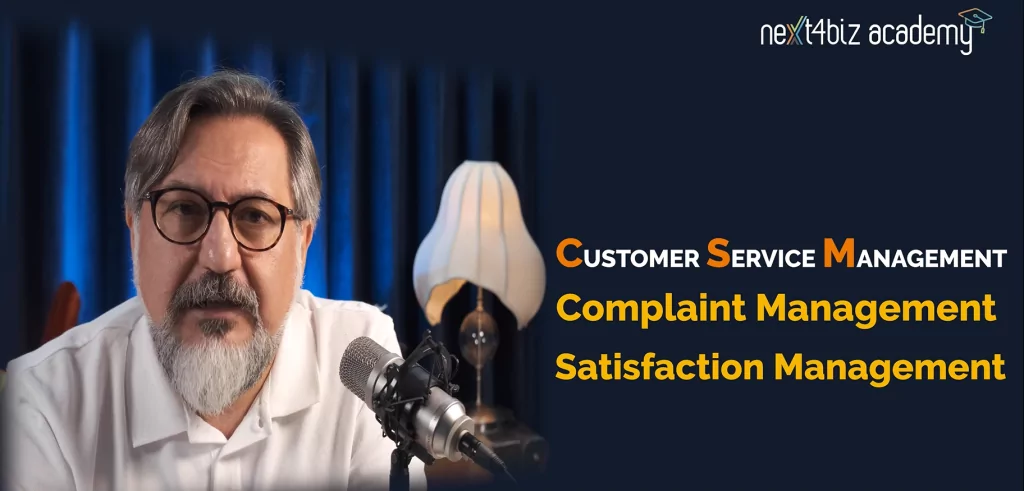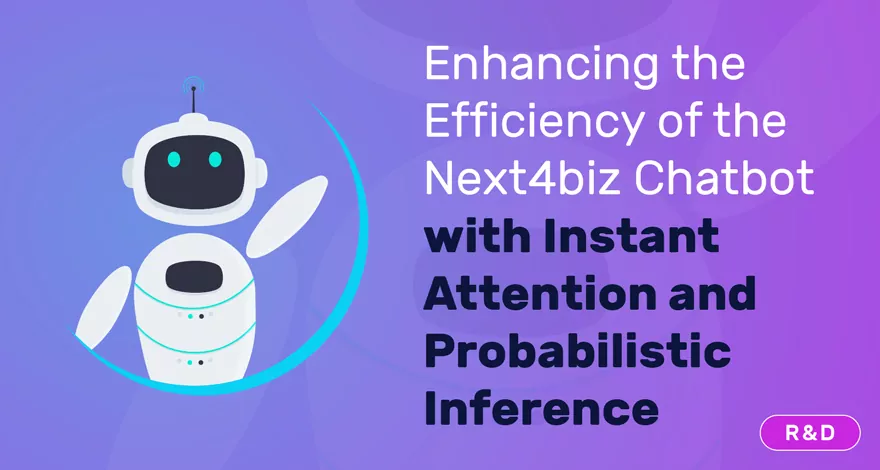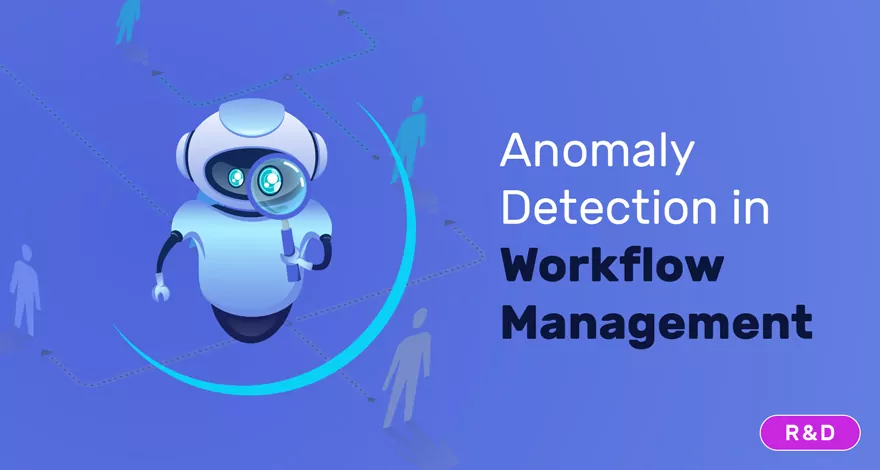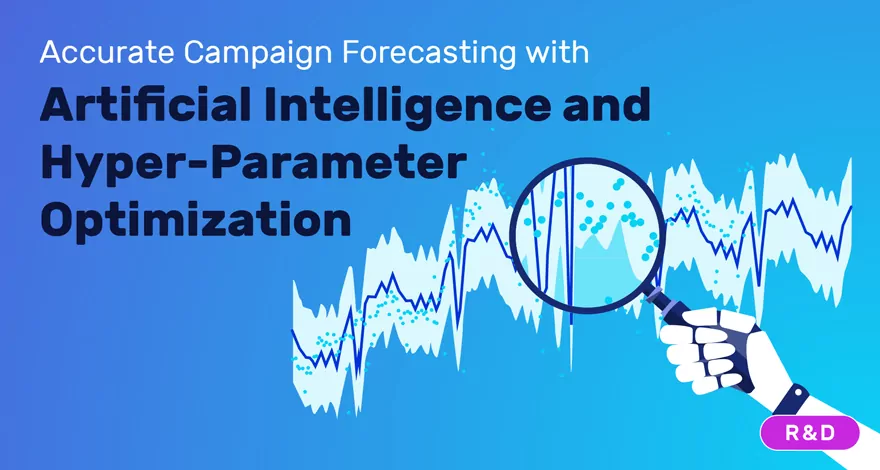Demo

What is Saat & Saat’s overall customer experience approach?
Songül Ulusoy: We believe that the customer experience process is an ongoing process not only during purchase and sales, but also in other service channels after sales. When customers buy a watch, they are also buying a brand. They establish a bond with these brands and want to be recognized, respected and valued. As Saat & Saat, we are the sole distributor of world-famous brands in Turkey. We pay attention to all these factors while providing omnichannel customer support. We evaluate all the notifications sent to us by our customers with all units, and we constantly improve ourselves. We receive a lot of support from Next4biz in this regard. We have over 600 dealers, 165 stores, kiosks and overseas sales stores; Therefore, we are an omnichannel company. Our understanding of customer experience is shaped accordingly.
How does Saat & Saat benefit from CRM?
Uğur Yıldız: We operate mainly on sales and marketing on the CRM area. In Next4biz, one of the functions we use most frequently is the SMS Feature. The feature that attracts our attention most in SMS studies is that we can add a tracking link in the SMS we send. When a customer clicks on this tracking link, we can see in detail which customer clicked on which campaign link at what time and how many times on an individual basis. With this feature, we can measure the conversion rates of people who are aware of that campaign and have read the campaign conditions while looking at the total conversion rate in the SMS we sent to that audience in a campaign we made specifically for that segment. This SMS feature allows us to better measure and evaluate conversion rates.
Another feature we use frequently is Business Rules. We currently actively use nearly twenty business rules. Depending on business rules, we send a survey every day in the evening to customers who have contact permission for sales coming from sales points, either one day later or five days later. The results of those surveys are coming together. We define and track all of these surveys within business rules, so the process automatically renews itself without the need to define a new rule each time.
We also set up Micro Segments in business rules. There are distinctions between watches based on their features. There are fashion watches, there are smart watches, we also provide technical services in stores. We create micro segments according to these features. If the customer made a purchase from the technical service, we assign him to the technical service group and see him as a potential watch customer. Or, if that customer changed the battery in the technical service, we invite him to our store by reminding him after 2 years, as we know that he is a potential battery customer.
Another feature we use very often is Tags. We tie all our business rules to labels. We also produce micro segments on labels. When we create a target group or create a sample data, we manage all of them through the label. For example, when sending an SMS, all you have to do is turn the label red to exclude service customers who have purchased from the technical service.
We also use the data deduplication side very frequently. There are rules we wrote on the back, about phone number and name similarity. In order not to tire the system, we can deduplicate our customers coming from our data channels when we run them in the evening.
What are the challenges of considering sales, marketing, and customer service management as a whole in both B2B and B2C sectors?
Songül Ulusoy: We have a very large customer base and watches can be gifted, so from time to time, difficult-to-resolve events occur. In such cases, we use Next4biz’s notifications association module. When the same story comes, which happens a lot in our industry, we now associate that report. On the marketing side, you offer a product on Instagram and fall into monitoring. The customer services team uses the Somera system, uses the e-commerce system, opens the technical service system, and also has HititERP on the merchandising side. All these systems need to be managed together in a complex manner. When opening all these screens, you need to know the customer well and know whether he has brought the product to the service before. We are now able to provide much faster and more effective service compared to our past experiences.
What changed after starting to use CSM + CRM together? In which areas did you start to experience concrete differences?
Uğur Yıldız: While we are communicating the right campaign to the right customer at the right time, which is the basic concept of CRM, we control our customers at the final point with CSM. So what are we doing? When we make a campaign, upsell or crossell campaign to a segment of a customer, if that customer has a question waiting for an answer or a negative experience he had with us, we do not touch this customer. We say that this customer’s problem should be solved first. We follow up with that customer even after the problem is resolved. We are trying to measure whether that customer comes back to shop again and how much he or she gives up on us. We also offer him special privileges.
After improving this experience, our company had an app. As head office staff, we were all visiting 10 stores a year as secret shoppers. We had certain criteria. We had criteria such as whether the staff greeted us with a smile, whether the hours were displayed with appropriate visuals. Here too we use the survey method. After the customer makes a purchase, we send out a satisfaction survey. There is also a point in these surveys where we listen to the customer. We have a question in the survey asking if there is a topic you would like to share with us. If there is an issue that the customer refuses to write to us about via the call center, social media or any other channel, we reach out to them via SMS via a survey. If there is a negative experience, we forward it to the CSM side and solve the customer’s problem. In other words, before the customer comes to us through a channel, we want to go to him and listen to his problems.
We shared these survey results with the management, regional managers and retail teams. Performances in stores began to change. We eliminated personnel supervision, especially since we heard directly from the customers about the areas we wanted to inspect within the store. When someone goes to the store from the headquarters, the people in the store definitely know him. In fact, there is no proper examination or control. But by preventing this, we provided a direct cost benefit.
Why did you choose Next4biz?
Songül Ulusoy: The innovative handling of all our requests was an important factor in why we chose Next4biz. When we submitted a process request, Next4biz addressed all our requests towards our solutions. Since we have a strong sales area on the e-commerce side and we want to expand abroad, it was very important for us that the product was compatible with global regulations. Another reason for preference was that it was accessible at any time. Because the retail teams are very dynamic and can reach you at any time of the day, and you need to be able to take action quickly when you experience a problem in the system.
What are Saat & Saat’s future forecasts in the CRM field?
Uğur Yıldız: Saat & Saat’s loyal customers are increasing. When we say loyal customer, this comes to mind: I was chatting with a friend of mine and he said that smart watches are out now and mechanical watches are not sold very much. We sell about 10 different smart watches. I can say this clearly, there is a return to mechanical watches right now. People are giving up on smartwatches. We want to increase the loyalty rate to over 50%. We have a loyalty program plan for this in 2024. We have made 2-3 experiments on this in the last year and a half. We gave gifts to our loyal customers. We gave out gift certificates and got really good conversions. The second shopping rate surprised us. Some campaigns have 1%-2% conversion rates, we had campaigns with 7%-8% conversion rates. We even did one box campaign and the conversion was 40%. 40 out of every 100 customers we sent came in and it was a campaign for which we expected turnover.
